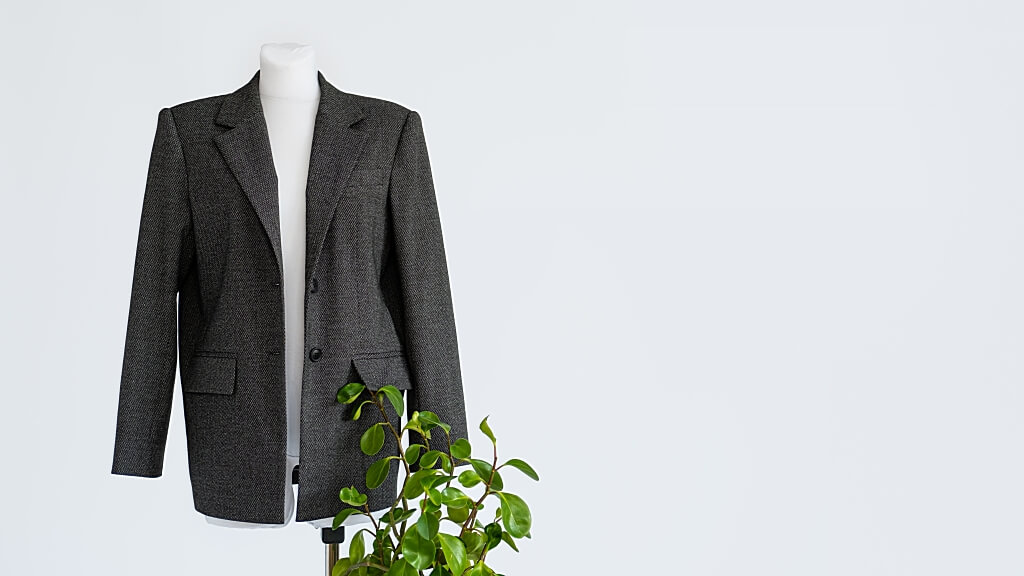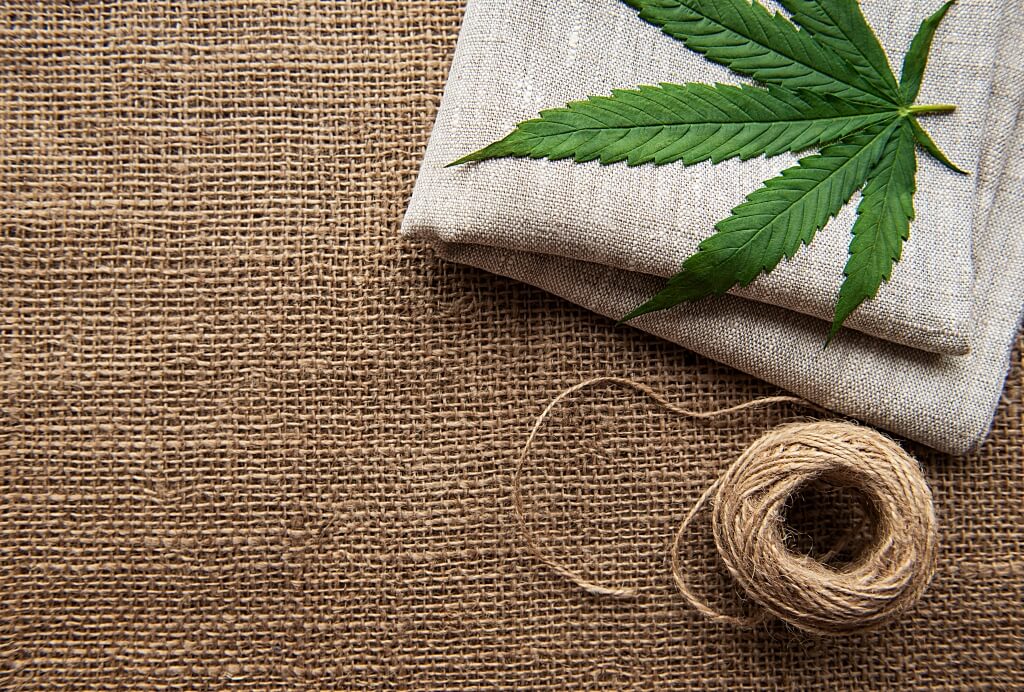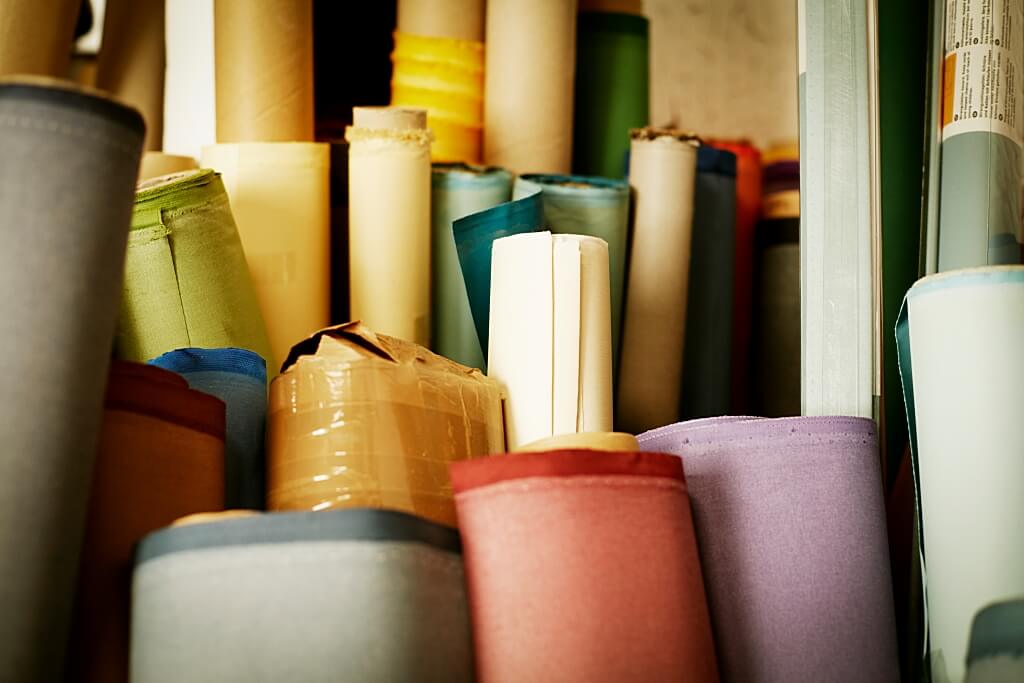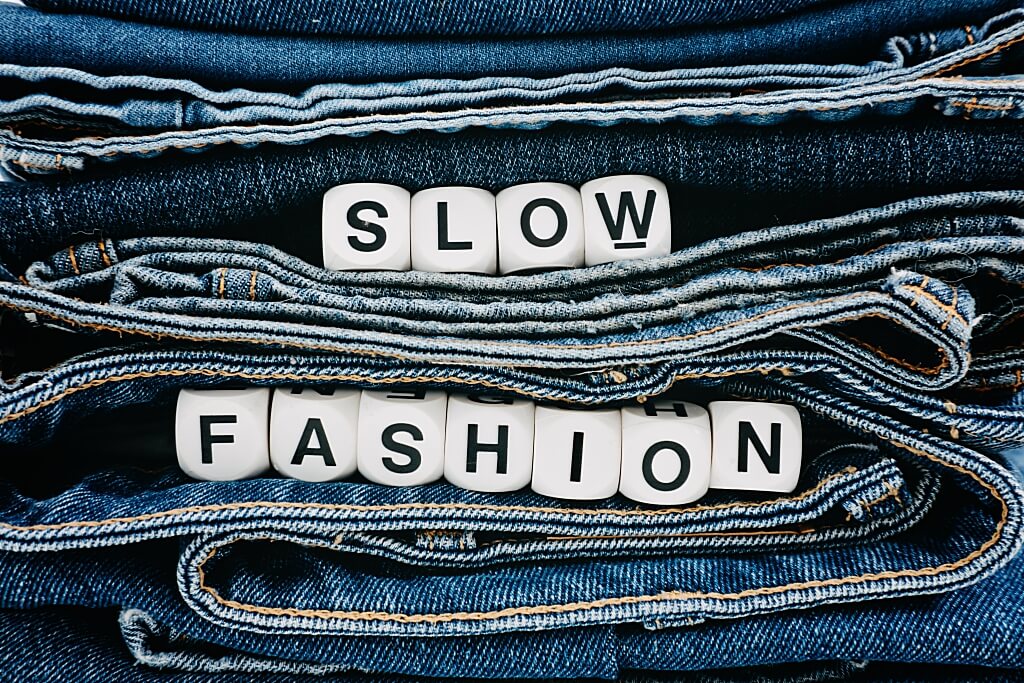What is sustainability in fashion – eco-friendly fabrics!

In the present times, Sustainability is one of the most trending topics that affect every domain in every industry. How can fashion remain untouched? Let’s explore facts and facets of sustainability in fashion industry. Explore More about eco-friendly fabrics and their benefits.
According to the World Health Organization, the global population is expected to reach about nine billion by 2030. If we see human beings’ demands in terms of natural resources, it is clear that nature will struggle more than ever before to fulfill them adequately as this occurs. The fashion industry, for example, produces more than 1.2 billion tons of carbon dioxide each year, which accounts for more than 10% of the world’s total carbon footprint. Fortunately, consumers and brands have improved environmental sustainability performance within the clothing industry over recent periods, with shoppers demanding sustainable processes and brands responding by making changes accordingly.
In present times, every industry and profession aims to create something that avoids the depletion of natural resources to maintain ecological balance. The fashion industry is stepping on the same path to create futuristic and ecological fashion statements.
Let’s know more about Sustainable fashion and its impact on the fashion industry –
What is Sustainable fashion?
Sustainable fashion or eco-fashion is an all-inclusive term describing products, processes, and activities, including policymakers, brands, & consumers who aim to achieve a carbon-neutral fashion industry. Sustainable fashion concerns more than just addressing textiles. It addresses the entire process in which clothing is produced, who produces it, and how long the life span of a product is before it reaches the landfill.

In the fashion industry, climate change has become a crucial factor. The fashion industry is historically bad for the environment. Many people have been burning fossil fuels to get their clothes to their customers so they can be fashionable. Fashion designers are starting to create more sustainable fabrics that don’t need as much energy to make and break down. These sustainable fabrics use fewer chemicals and reduce the environmental pollution level, which ultimately prevents health risks such as breathing problems and breast cancer from increasing dramatically over time. It’s supposed that if this effort continues, it’ll help prevent millions of premature deaths over the next century.
Sustainable fashion includes:
Ethical Fashion: Production, Working conditions, fair-trade
Conscious Fashion: Eco-friendly, green fashion
Circular Fashion: Recycling, Upcycling, Thrifting
Slow Fashion: Sharing, Renting
How eco-friendly fashion is creating changes in the industry-
- Sustainability reduces the count of microfibers released into the environment.
- It decreases toxic waste and supports the animal ecological system.
- Clothes are unique and distinct.
- Put less strain on natural resources and encourage sustainable fashion practices.
- Eco-friendly fashion does not harm nature and its ecological systems.
Benefits of Sustainable Fashion –
As the fashion industry, creates anywhere from 2-10% of global carbon emissions, sustainability and taking responsibility for the strain that it’s putting on the environment are critical. Sustainable fashion can mean much more than working to lessen your ecological footprint – it can also help bring climate change goals into reality with some experts saying that embracing sustainable fashion practices could be a more powerful tool than solar panels in helping to reach global decarbonization targets.
Sourcing textiles for clothing from regenerative fiber systems helps to restore the planet because these practices are more sustainable and help the environment. And 430 million people work directly or indirectly within this industry, so improving supply chains can make a significant difference in many lives.
7 Eco-friendly Fabrics
Hemp.
Hemp is a very versatile plant and can be used in many forms to create multiple clothing products. As a fabric, hemp is breathable, warm, moisture-wicking, antibacterial, deodorizing, and can be easily blended. It’s a highly durable fabric that becomes softer with washing and wears and is biodegradable at the end of its life. Hemp has a high absorbency level about fiber length. Hemp fabrics can wick moisture away from the skin faster than other fibers, which results in better comfort.
Apart from this, hemp requires little water and can grow three times faster than cotton. It enriches the soil and does not extract nutrition from it. This is why, from a sustainability standpoint, hemp is the best choice.

Cotton
Cotton is a natural resource and takes very little time to biodegrade completely; however, it is one of the most environmentally demanding crops. The cotton industry now uses 25% of the world’s insecticides and 10% of the world’s pesticides. According to the World Health Organization, in developing countries, 20,000 individuals die of cancer and pregnancy loss as a result of chemicals sprayed on conventional cotton.
Cotton is not a sustainable material. It takes nearly 700 gallons of water to make a T-shirt, and it has been estimated that cotton production has gotten four times more efficient since the 1960s.
Cotton has become a big business over the last five years. However, all cotton is not created equal, and not every kind is grown in a way that’s good for our planet. For example, most conventional cotton comes from genetically modified seeds, which allow farmers to produce great yields nevertheless also cease to be sustainable because of the amount of water required to grow them.
Organic farming there would help preserve the region’s natural biodiversity and make us more resilient to climate change caused by increasing carbon emissions across the globe.
Bamboo.
Bamboo is the grass that is grown in Asia. Bamboo is primarily utilized to make food products and construction materials. Apart from these, bamboo can be a fiber ingredient in clothes and fabrics.
Bamboo-based fiber is highly stylish and durable. These properties make it a fashionable choice for many modern individuals. However, this material has a downside that it is a less sustainable cloth material. To turn this bamboo into a stylish fabric is toxic, and bamboo cloth is treated with harsh chemicals to maintain its color.
Leather
While synthetic materials like leather usually carry an image of being cheap or flimsy. In the present times, there are plenty of companies that offer sustainable options to you if you need leather. One newer option is bio-fabricated leather, which is derived from plant products and has some advantages over its animal-based counterparts. It is more environmentally friendly but also comes with its drawbacks; it generally costs much more than traditional leather, and the resulting material can often appear unnatural to those used to process animal hides.
Designers are now playing around with recycled leather and are plenty of new “plant-based” leather innovations like Pinatex and mushroom leather, which are more sustainable. So keep this in mind when choosing the hides for your next project.

So you want to know about the most sustainable fabric choice out there? Our choice is hemp, organic cotton, etc. because of its modern iteration and is made from natural fibers, which will biodegrade at the end of their life. This allows us to help protect the planet as a whole and creates a product that’s eco-friendly, pollution free and brings more sustainability in fashion than any other material available on the market today.










